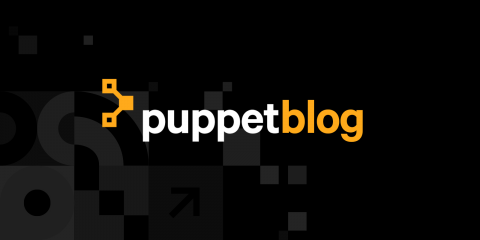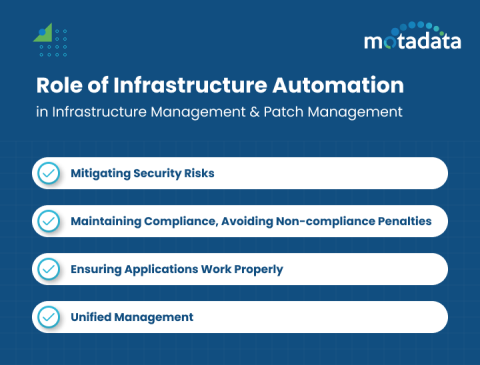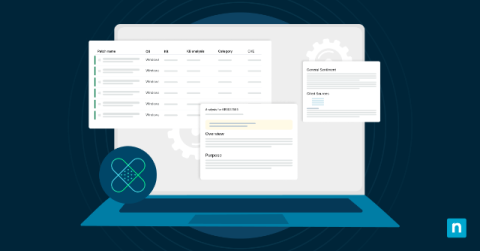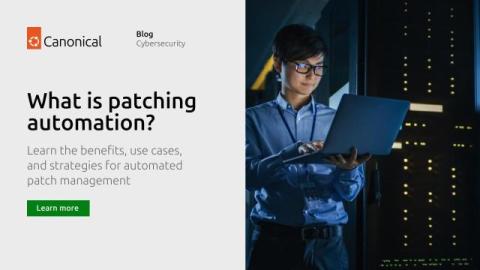Windows Patching: The Quirks of Windows Patch Management & How to Stay Ready for Patch Tuesday
Patching on Windows operating systems can be a very complicated process. The frequency, size, and proprietary tools used for Windows patching can make patch management a challenge on Windows — but it’s essential for maintaining secure, compliant, efficient Windows and multi-OS environments. In this blog, we’ll run through the basics of Windows patching, the particulars that can make it a hassle, and offer some tips for tackling those headache-inducing hangups.











